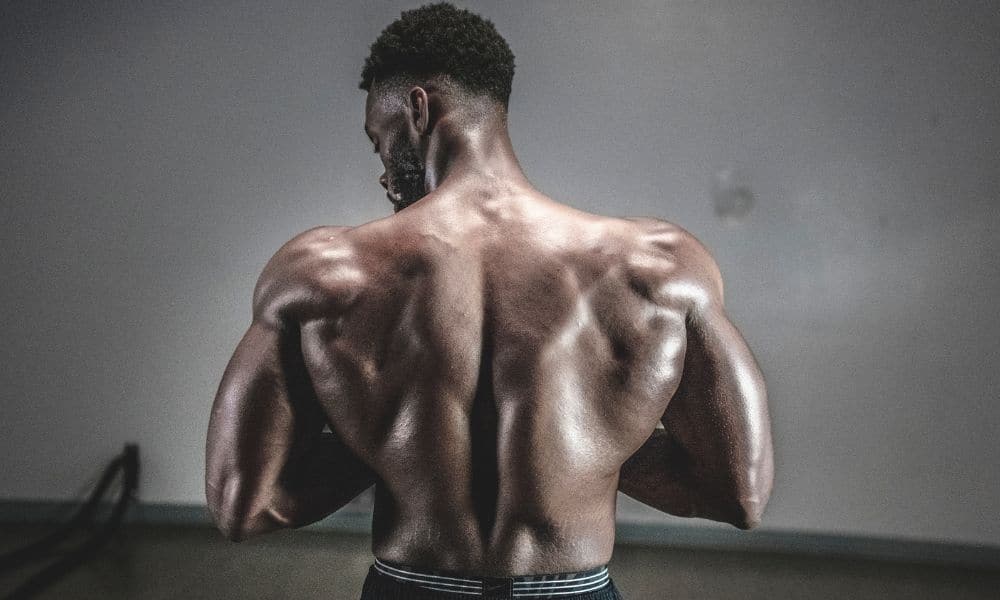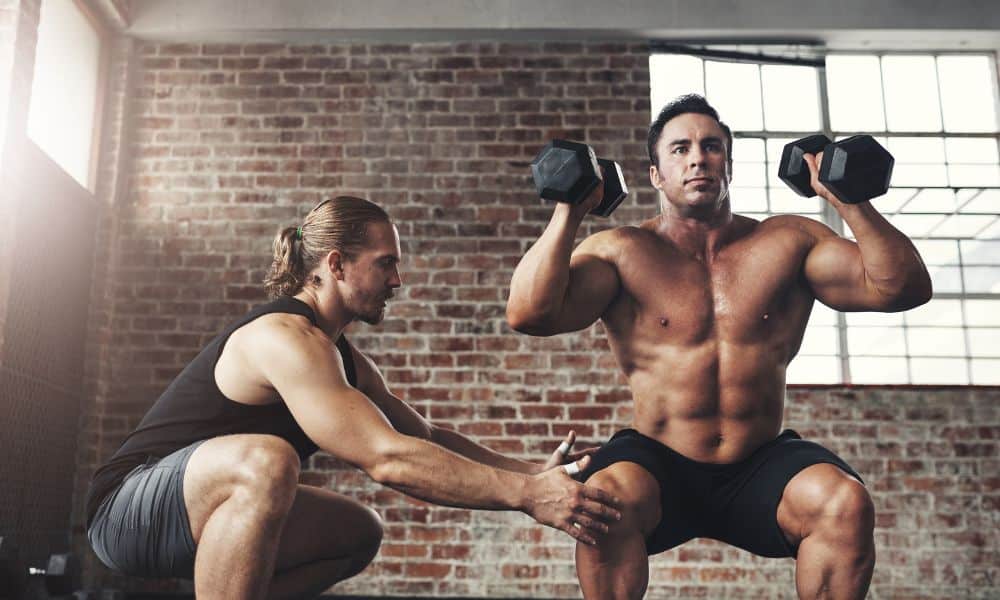Do you know how to fix muscle imbalances before they cause injuries? You must address your muscle imbalances if you are serious about weightlifting, strength training, or bodybuilding. Muscle imbalances occur when you have uneven strength in opposing muscle groups, which causes irregular forces on your jointsCommon examples to include unnatural head position, pelvic tilt, hunched shoulders, and leg rotation, all of which can cause an imbalance in opposing muscle pairs.
Here is an example of a muscle imbalance that must be fixed before it causes injuries:
When the muscles on the front of your hips and legs are more durable than your glutes and hamstrings on the back of your hips and thighs, this produces an imbalance that causes knee and lower back pain.
Your hip muscles are weak, which forces your hip flexors, quadriceps, and lower back muscles to overcompensate for this weakness. This leads to poor posture, back pain, and an increased risk of injury. In addition, taking part in sports that require running and jumping will significantly decrease your athletic performance.
Correcting muscle imbalances involves a combination of stretches and exercises. Here are seven ways to prevent or correct your muscle imbalances:
- Improve your overall balance by incorporating every muscle and muscle group into your workout with the same number of sets and reps for each opposing muscle.
- Improve and maintain shoulder flexibility by retracting your shoulders when you exercise. Keep your upper body upright and “lifted” with your shoulders relaxed.
- Strengthen your core. Train your abs and body, and focus on keeping your abdominals tight and your pelvis tucked when you stand.
- Strengthen your glutes (gluteus muscles) and hamstrings using bridges, kettlebell swings, split squats, and front or goblet squats.
- Increase your flexibility and lengthen those shortened and “tight” muscles contributing to your imbalances by stretching.
- Avoid locking your knees when training, and try to maintain a slight bend at all times.
- Avoid sitting whenever possible, and always sit with your knees slightly higher than your hips and feet flat on the floor.
Stretching is one thing you can do to fix muscle imbalances
It would be best to stretch tight muscles daily and focus on strengthening your weaker muscles during workouts. After your warmup:
Stretch −
Once you warm up your body and muscles, stretching those tight, restrictive muscle groups is vital to increase their length and reduce their surrounding tissue’s restriction, which improves joint alignment. Focus on stretching the short and overdeveloped muscles while avoiding stretching the weak, underdeveloped muscles as they are already too long.
Exercise −
Once your tight restrictive muscles warm up and lengthen through stretching, it is time to exercise the opposing muscle groups. First, focus on training your “weak” muscle groups to shorten and strengthen these muscles. This will reduce the tensile stresses caused by the opposing tight muscle group.
For example, if your biceps are muscular, creating a permanent bend at your elbows, train your triceps to ease the imbalance. On the other hand, if your quads are strong and your hamstrings are weak, train the backs of your legs (your posterior chain). This will help correct the muscle imbalances that are probably causing your hip and back pain.
Exercising and strengthening your “weak” underdeveloped muscle groups forces the opposing “strong” muscle groups to relax and lengthen further. Therefore, when trying to fix muscle imbalances, always perform your stretches before proceeding with the best results.
If you or someone you know is looking to improve your health, share this article on Facebook or Twitter so that others can learn more about self-care.




